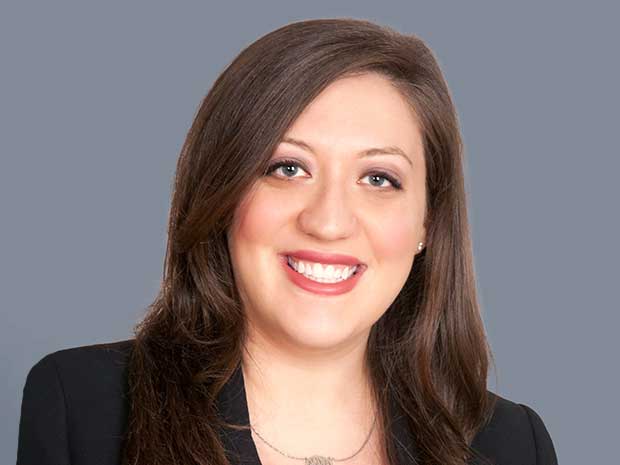For private companies, Financial Accounting Standards Board Accounting Standards Codification (ASC) Topic 842, Leases, will be effective for fiscal years beginning after December 15, 2021 (i.e., beginning January 1, 2022 for calendar-year-end companies), and interim periods within fiscal years beginning after December 15, 2022. There are only a few months left before full adoption is required for most private companies.
Many who receive private-company interim financial statements (e.g., those charged with governance or third parties, such as lenders or investors) will want those interim financial statements to now incorporate any required changes resulting from adoption of ASC 842. Incorporating such changes in the interim financial statements will (a) minimize surprises for those who rely on the company’s annual financial statements and (b) allow companies to have proactive communications with those parties about how the adoption might impact budgeting, key metrics, covenant compliance and year-end performance.
Public-company life sciences finance leaders who already have adopted ASC 842 have noted that implementation of the new standard can take longer than anticipated. Advice for all companies that have yet to adopt ASC 842: Start planning now, if you haven’t already. Time is running out to analyze the impact of the standard and put the requisite processes and controls in place to implement the standard properly and timely.
When adopting ASC 842, private life sciences companies may face challenges regarding technical accounting matters, including the following:
- Proper evaluation of embedded leases – How does an entity determine whether a contract is a lease or contains a lease (i.e., an embedded lease)? This could include, for example, arrangements where a medical device company recovers the cost of a specific device placed at a customer location through the sale of consumables, or where a pharmaceutical entity has a contract manufacturing arrangement that identifies specific assets at a supplier location. Careful consideration of the facts and circumstances of each arrangement will be required to arrive at the appropriate accounting conclusion in these and other situations.
- Substitution rights – Under ASC 842-10-15-10, even if an asset is specified, a customer is not considered to have the right to use an identified asset if the supplier or vendor has the substantive right to substitute the asset throughout the period of use. However, the supplier having the right or the obligation to substitute an asset for repairs or maintenance does not preclude the lessee from having the right to use an identified asset. Similarly, lessors having a right or obligation to swap out an existing asset at a customer site if an upgrade becomes available or if the asset needs to be repaired under a normal warranty provision does not create a substantive substitution right.
- Control – In assessing whether a customer has the right to direct use of an asset, it is critical to consider whether the customer can only specify the output from the asset before the beginning of the period of use (e.g., which medications are included in a temperature-controlled storage unit) or whether the customer can change the outputs throughout the period of use (e.g., change the type of medication or not use the storage unit for all medications). If a customer is only able to specify the output of the asset before the period of use, the customer is not considered to have the right to use the asset as they do not have decision-making rights. If the customer can modify the output during the period of use, the customer is considered to have control of the asset.
- Identification of components – It is important to correctly identify the separate lease and nonlease components and the related interactions between ASC 842 and ASC 606, “Revenue from Contracts with Customers.” This is particularly critical for those life sciences companies that might lease a medical device, but also provide software licenses, training services and other consumables that might be subject to the revenue recognition accounting standard. A practical expedient is available for both lessees and lessors whereby companies can elect not to separate lease and nonlease components.
- Build-to-suit lease arrangements – ASC 842 includes new guidance related to build-to-suit lease arrangements, which may change existing practice for highly specialized buildings, such as lab space, where the lessee is actively involved in the design and specifications of the building. It is important to note that the new build-to-suit lease guidance impacts lessors and lessees.
- Technology considerations – Appropriate technology and software may be needed to address ASC 842 adoption-related matters, including the related required calculations and relevant disclosures. This may be particularly important for entities that have a large volume of complex leases, but also is relevant for smaller, start-up biotech companies. Companies with fewer than 20 leases should consider using one of the many lease accounting solutions that are right-sized for middle market businesses.


